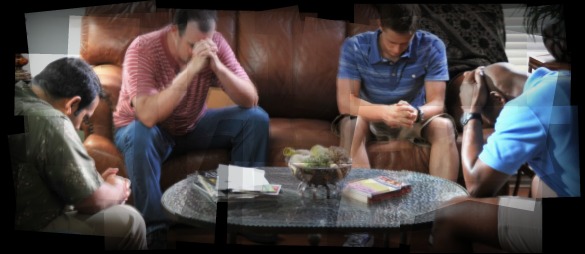Music + Defenders. During the month of June, Shared Hope specifically focuses in on what men are doing to fight trafficking.
On June 1, 2013 the Defenders USA hosted an awareness/benefit concert featuring bands James Younger and Ninth & Final. The point of the evening of music was to not only raise funds for the Defenders program within Shared Hope (we raised over $300), but also to educate youth and families about this issue — from a the male perspective. Over 70 individuals came out for the concert, and local nonprofits MST Project, Forward Edge, Abolition Now, and the NW Marriage Institute all set up booths at the event as well.
The evening started out with Coldplay-esque music from the very talented James Younger. After James finished his set, Defenders Manager Ed Ouellette took the stage to speak about the issue of domestic minor sex trafficking, and specifically what men can do to fight the issue. (For more ways to take action, click here.)
After the speaker, Ninth & Final played 10 original alternative rock songs.
This is just one of many events planned for this summer, and a great example of how talented individuals can partner with anti-trafficking organizations to make a difference.
How are YOU planning on fighting sex trafficking in your nation, state, and community this summer? Share your thoughts with us on Facebook, Twitter, and by emailing edwin@sharedhope.org






 Join us at a benefit concert for the Defenders at
Join us at a benefit concert for the Defenders at 





